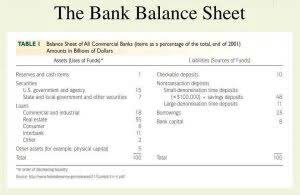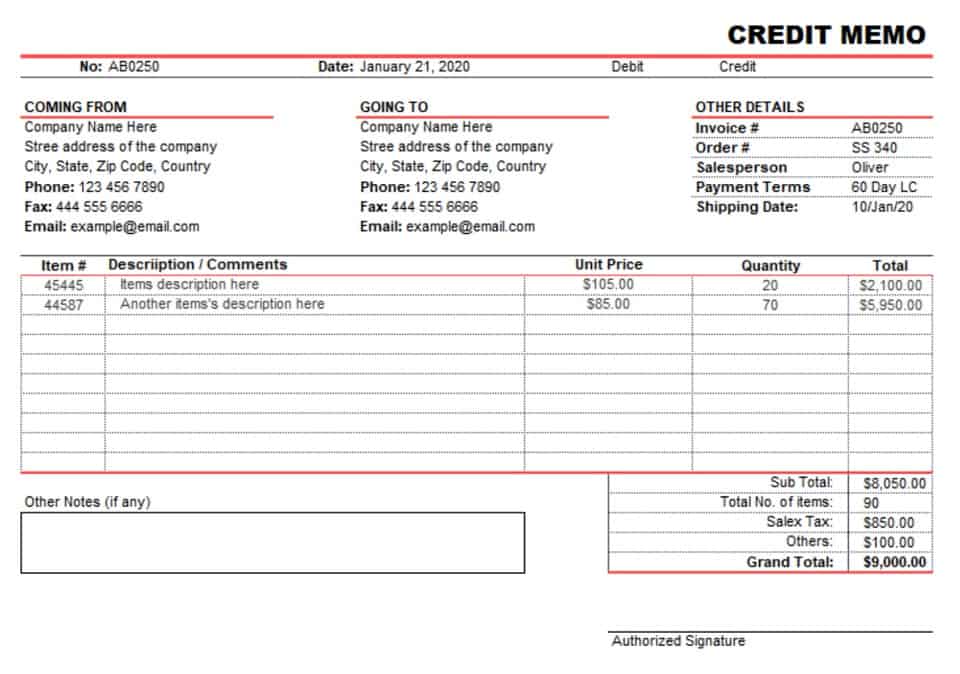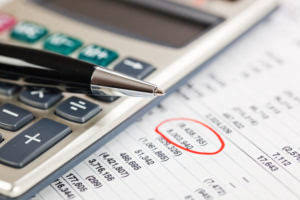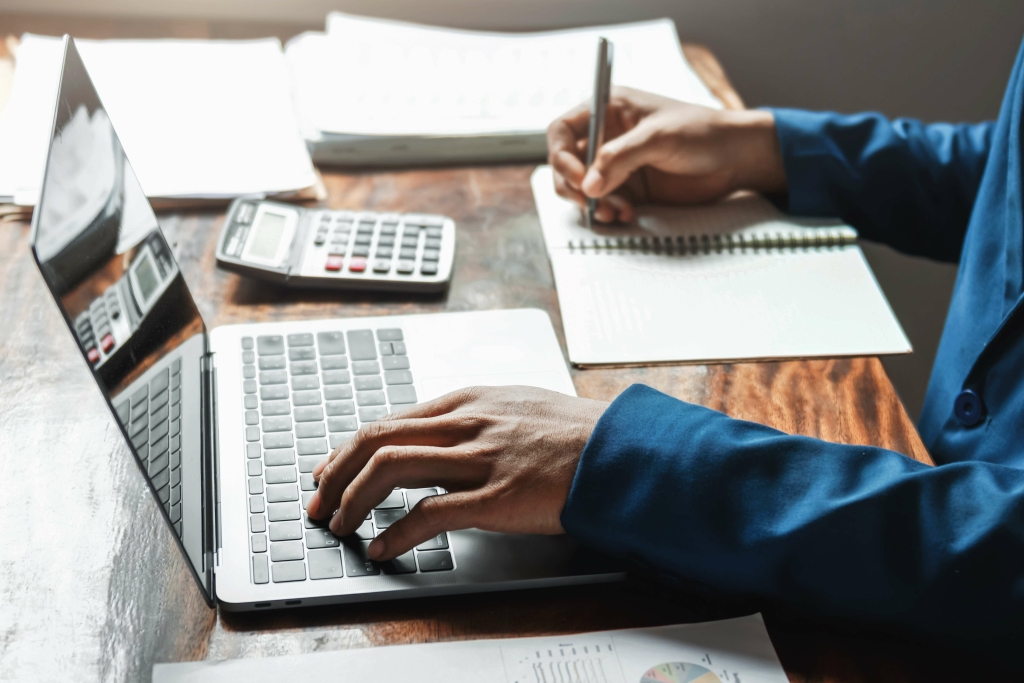
We will cover everything from the basics to examples, making it easy for anyone to grasp. Bottom line—calculating depreciation with the double declining balance method is more complicated than using straight line depreciation. And if it’s your first time filing with this method, you may want to talk to an accountant to make sure you don’t make any costly mistakes. The most basic type of depreciation is the straight line depreciation method. So, if an asset cost $1,000, you might write off $100 every year for 10 years. First, determine the annual depreciation expense using the straight line method.
- Whether you’re a seasoned finance professional or new to accounting, this blog will provide you with a clear, easy-to-understand guide on how to implement this powerful depreciation method.
- Double declining balance depreciation isn’t a tongue twister invented by bored IRS employees—it’s a smart way to save money up front on business expenses.
- You calculate 200% of the straight-line depreciation, or a factor of 2, and multiply that value by the book value at the beginning of the period to find the depreciation expense for that period.
- At the beginning of the first year, the fixture’s book value is $100,000 since the fixtures have not yet had any depreciation.
Run your business
Accountingo.org aims to provide the best accounting and finance education for students, professionals, teachers, and business owners. If the double-declining depreciation rate is 40%, the straight-line rate of depreciation shall be its half, i.e., 20%. Unlike the straight-line method, the double-declining method depreciates a higher portion of the asset’s cost in the early years and reduces the amount of expense charged in later years. Simultaneously, you should accumulate the total depreciation on the balance sheet. It is advisable to consult with a professional accountant to ensure that depreciation is accurately recorded in compliance with accounting standards and regulations.
What Does Liabilities Mean? Accounting Definition & Examples
This article delves into the DDB depreciation formula, its calculation, advantages, disadvantages, and practical applications. In my experience, using the bookkeeping double declining balance method can help businesses manage their taxes effectively by allowing them to report lower profits in the early years of an asset’s life. The double declining balance depreciation method is a way to calculate how much an asset loses value over time. It’s called double declining because it uses a rate that is double the standard straight-line method.

Examples of Double Declining Balance Depreciation
Now you’re going to write it off your taxes using the double depreciation balance method. Bench simplifies your small business accounting by combining intuitive software that automates the busywork with real, professional human support. In year 5, companies often switch to straight-line depreciation and debit Depreciation Expense and credit Accumulated Depreciation for $6,827 ($40,960/6 years) in each of the six double declining depreciation formula remaining years. Therefore, the book value of $51,200 multiplied by 20% will result in $10,240 of depreciation expense for Year 4. At the beginning of the first year, the fixture’s book value is $100,000 since the fixtures have not yet had any depreciation.

Disadvantages of Double Declining Balance Depreciation
- In other words, it is the reduction in the value of an asset that occurs over time due to usage, wear and tear, or obsolescence.
- If something unforeseen happens down the line—a slow year, a sudden increase in expenses—you may wish you’d stuck to good old straight line depreciation.
- To record the depreciation expense each year for this asset, we enter a journal entry that debits Depreciation Expense $4,000 and credits Accumulated Depreciation $4,000.
- For instance, if an asset’s market value declines faster than anticipated, a more aggressive depreciation rate might be justified.
- She holds a Bachelor of Science in Finance degree from Bridgewater State University and helps develop content strategies.
Depreciation allows a company to deduct an asset’s declining value, reducing the amount of income on Accounting for Technology Companies which it must pay taxes. Its anticipated service life must be for more than one year and it must have a determinable useful life expectancy. The declining balance technique represents the opposite of the straight-line depreciation method which is more suitable for assets whose book value drops at a steady rate throughout their useful lives. There are four different depreciation methods used today, and I discuss these in the last section of my Beginner’s Guide to Depreciation.
Account
The double-declining method depreciates assets twice as quickly as the declining balance method as the name suggests. Employing the accelerated depreciation technique means there will be lesser taxable income in the earlier years of an asset’s life. The chart also shows which depreciation method was used to calculate the depreciation expense, and the book value of the asset each year.

SOX Software

The useful life of a car isn’t very long, especially when being used for business purposes. The double declining method seeks to accelerate the rate of the straight line rate. First, the rate is doubled, because the double declining method is being used.

It was first enacted and authorized under the Internal Revenue Code in 1954, and it was a major change from existing policy. Calculating the annual depreciation expense under DDB involves a few steps. First, determine the asset’s initial cost, its estimated salvage value at the end of its useful life, and its useful life span. Then, calculate the straight-line depreciation rate and double it to find the DDB rate. Multiply this rate by the asset’s book value at the beginning of each year to find that year’s depreciation expense. Depreciation is a crucial concept in business accounting, representing the gradual loss of value in an asset over time.

